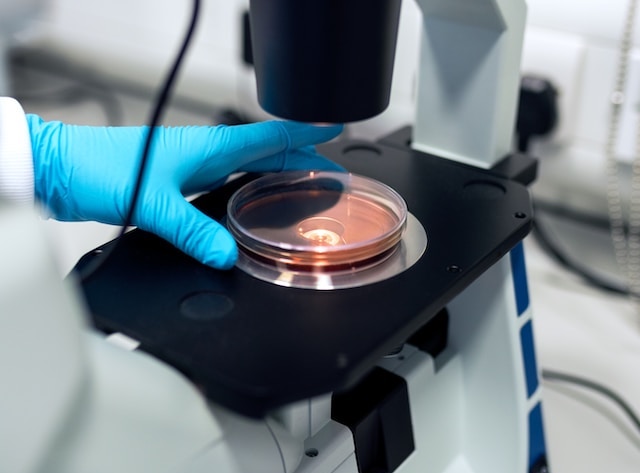Kintara Therapeutics, Biotechnology Innovation Organization (BIO) member, is an innovative, patient-centered biotech company that is working to change the game when it comes to the treatment of aggressive cancers. By partnering with outstanding academic and clinical research institutions from around the world, Kintara develops novel, solid tumor cancer therapies for patients with unmet medical needs, especially in the realms of glioblastoma (GBM), a type of fast-growing and aggressive brain tumor, pediatric central nervous system tumors, and ovarian cancer, with the development of their VAL-083.
September is Childhood Cancer Awareness Month, and it is more important than ever to understand the innovations in pediatric cancer research that are working to save lives in the years to come.
 As such, Bio.News spoke with Kintara’s CEO, Robert Hoffman, about how their VAL-083 is redesigning cancer treatment to solve longstanding challenges and further democratize access for patient populations who have historically had little or no options for treatment, both pediatric and more mature.
As such, Bio.News spoke with Kintara’s CEO, Robert Hoffman, about how their VAL-083 is redesigning cancer treatment to solve longstanding challenges and further democratize access for patient populations who have historically had little or no options for treatment, both pediatric and more mature.
Bio.News: Can you explain exactly what VAL-083 is, what cancer it’s targeting, and why it is so imperative that companies like Kintara work to treat these types of cancers?
VAL-083 is a next-generation therapeutic designed to target glioblastoma by circumventing the problems associated with traditional drugs used for this indication. We must develop new drugs to treat glioblastoma because the existing options leave a lot to be desired, and it’s been more than 20 years since a drug was approved for treating the disease. Glioblastoma is the most common and most aggressive form of brain cancer, with more than 10,000 people being diagnosed each year in the United States alone. What’s problematic is that less than 50% of patients respond to therapy with temozolomide, the current first-line treatment. The average life expectancy of glioblastoma patients is between 14 and 16 months, and current treatment options are troubled by low levels of drug penetrance into the brain and by chemoresistance mediated by a specific protective enzyme called MGMT.
Bio.News: How is the research and development around the anti-cancer mechanism of VAL-083 different?
VAL-083 is designed to induce DNA damage in cancer cells as is the case with existing treatment options, but it does so in a slightly different way that avoids the issue of MGMT-mediated chemoresistance. This gives us the benefit of causing DNA damage in a way that has already been shown to be effective in treating glioblastoma, but it comes with some additional features that overcome the shortcomings of other therapies such as higher levels of the drug reaching the brain. The key has really been to build on existing therapeutic strategies so that we can develop a more refined approach.
Bio.News: How did its development come about and what has Kintara come to understand up until now?
When we first set out to develop VAL-083, we wanted to develop a drug that was able to get into the brain at higher levels than current treatments. Most of the current treatments don’t get into the brain at levels greater than 20%, so penetrating the brain at a higher level was one of our top goals. We also knew that we would need to develop a strategy for getting around MGMT-mediated chemoresistance. This is a major shortcoming of existing treatments and was a motivating factor in how we designed the drug. The biggest takeaway for us has been that you don’t have to accept the limitations of existing therapies if they aren’t working well enough. Outsmarting MGMT-mediated resistance may not be easy, but we are confident that it is achievable with VAL-083.
Bio.News: What does the future of fighting drug-resistant tumors look like to Kintara?
The future of drug development will always be built on cutting-edge science. It’s really important to collect all of the relevant information so that we can leverage intricate knowledge regarding mechanisms of drug resistance to design new drugs. We’ve been stuck with sub-par drugs in the treatment of glioblastoma for a long time and a big part of that has been waiting to understand all of the science behind chemoresistance and glioblastoma. Having solid science to base your therapy around is absolutely essential. We also need to grapple with the fact that not everyone responds to medications the same way. I think we need to focus on developing more drugs to create more options for people who don’t respond to traditional therapies.




